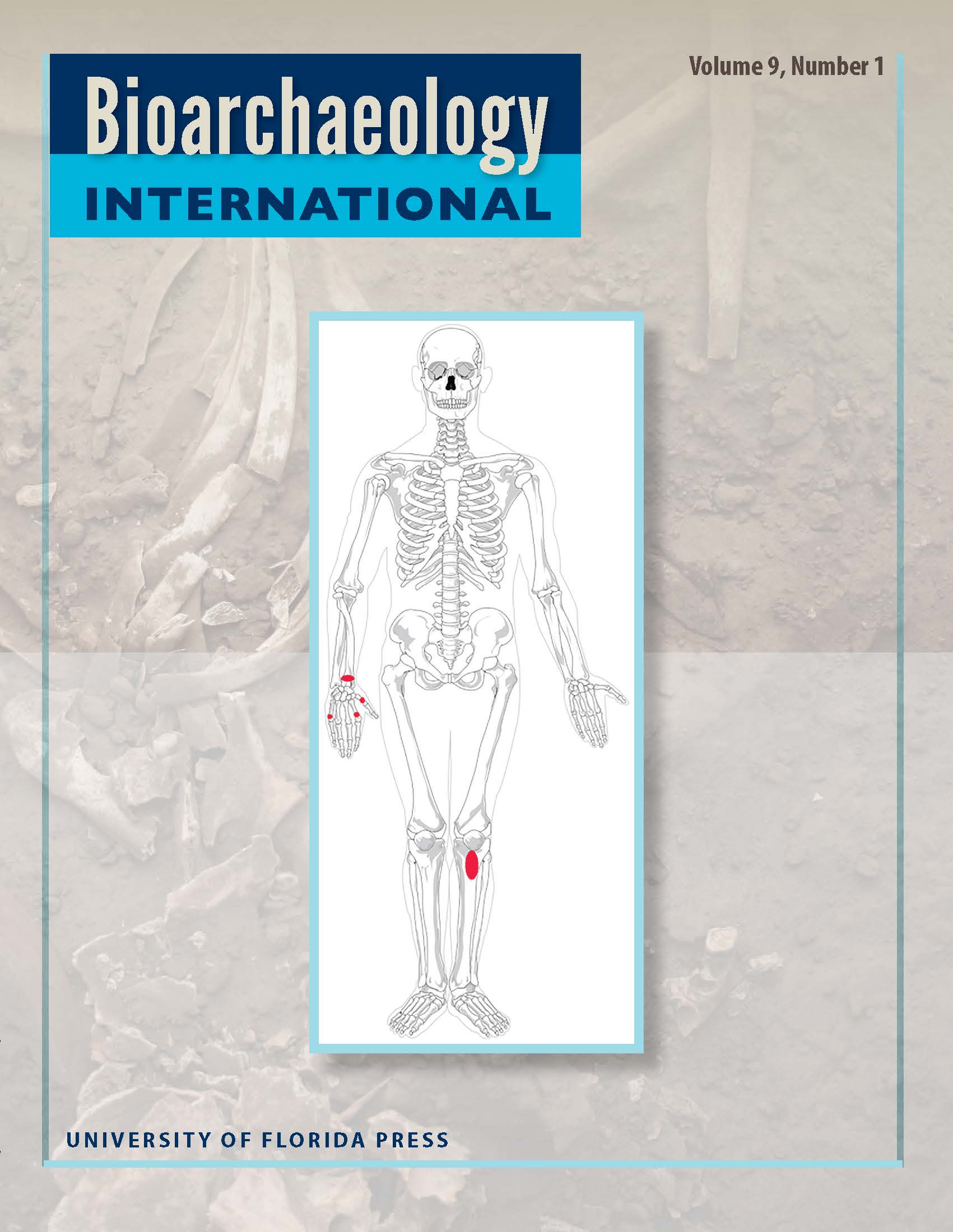A Case of Severe Antemortem Trauma on an Adult Individual from the Hellenistic Period at Kaman-Kalehöyük
Main Article Content
Abstract
The goal of the project is to investigate and interpret the extensive antemortem trauma observed on an adult (50+ years) male individual from the Hellenistic period (ca. 300–100 B.C.E.) at Kaman-Kalehöyük in central Anatolia. This individual was buried in a repurposed agricultural storage pit, which is a type of mortuary treatment that has been associated with a Celtic language–speaking group, the Galatians. Antemortem injuries present on this individual include a severe cranial depression fracture (CDF) on the right parietal, a fracture on the left tibia, and fractures on the right radius and two or three right metacarpals. One of these injuries, the CDF, could be consistent with interpersonal violence due to its location toward the top of the cranium. There are a variety of hypotheses regarding the social identities of the individuals chosen for interment in storage pits (e.g., sacrifice victims, captives, people with special religious significance), but in general, they tend to suggest that these individuals have some sort of unique status that separates them from the majority of the population. These hypotheses are difficult to test and are not necessarily mutually exclusive, but it may be that the individual from Pit 2772 also had a similar experience. Regardless, it appears that this individual survived one or more serious injuries that could have had a substantial impact on their life, potentially including permanent impairment.

